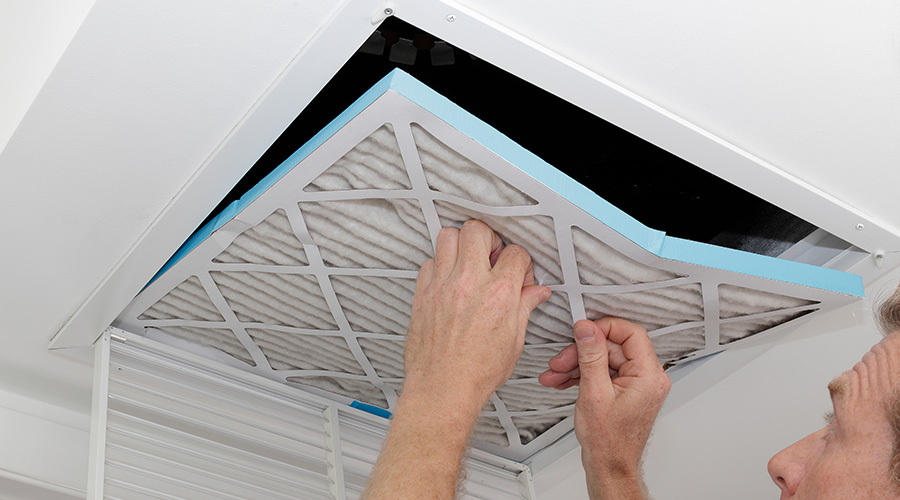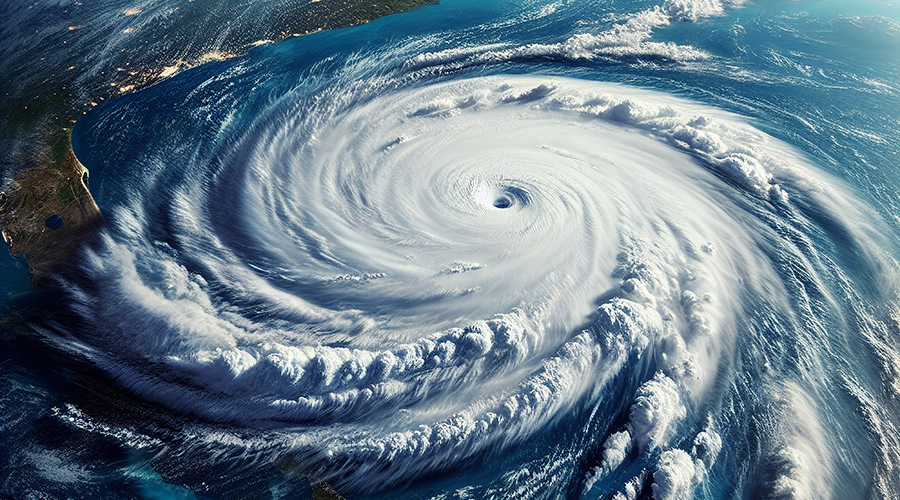Why Facility Managers Must Prioritize Indoor Air Quality During Disasters
Wildfires, storms and other emergencies can silently compromise indoor air even from miles away.
It’s the middle of summer, and many engineering and maintenance managers are dealing with the threat of a variety of potential crises: wildfires, prescribed burn events, tornadoes, hurricanes, thunderstorms and dust storms.
While managers are used to preparing to protect institutional and commercial facilities and keep people safe if and when emergencies occur, one aspect they too often overlook is the importance of maintaining and protecting indoor air quality (IAQ). Wildfires in particular have prompted more conversations in the facility management community about what to do when no immediate fire danger exists but air quality is observably poor.
Assessing the risk
How do various emergencies affect IAQ? Wildfires, prescribed burn events, dust storms and volcanic eruptions generate air pollution and add particulate matter and other pollutants to outside air that can migrate indoors. Hurricanes and tornadoes also can stir up debris and particulate matter in outside air that can be drawn indoors.
All events can damage structures and infrastructure, releasing harmful chemicals in addition to particulate matter. Some particulate matter is so fine and light that it can remain airborne and travel great distances to later infiltrate facilities and be inhaled by people. It might look like haze in the air, causing reduced visibility, and the smell of smoke might be present. So while a facility might not be in a disaster zone, outdoor air quality still might be significantly impacted, putting IAQ at risk.
Particulate matter has become an increasing concern because it can cause adverse health effects. Specifically, inhalable particulates can be breathed into airways and deep into lungs, and some particles can even migrate to the bloodstream.
Managers need to watch for two categories of inhalable particulate matter (PM) — PM10 and PM2.5. PM10 refers to particles that measure 10 microns and smaller. PM2.5 is a subset of PM10 and consists of particles that are 2.5 microns and smaller, sometimes called fine inhalable particulate matter. For comparison, the width of the average human hair is 50-70 microns.
Quality considerations
Managers can expect to find particulate matter such as dust, pollen and mold spores — as well as air pollution from everyday processes — in outside air. During emergencies such as wildfires, particulate matter and possibly volatile organic compounds (VOC) or chemicals increase.
Outdoor air quality changes constantly. The air quality index (AQI) measures several pollutants, including PM2.5, and ranks air quality on a scale up to 500. Divided into six color-coded categories ranging from good — up to 50 on the AQI scale — to hazardous — 301 and higher on the AQI scale — the index provides guidance on interacting with the outdoors.
For example, at the hazardous level, there is a health warning for emergency conditions where everyone, not just sensitive groups, is likely to be affected. An interactive online map — https://www.airnow.gov — provides air quality readings for areas across the United States.
Laurie Gilmer is president and chief operating officer of Facility Engineering Associates. She is a published author and instructor and past chair of IFMA’s global board of directors, and she serves on the National Visiting Committee of the Building Efficiency for a Sustainable Tomorrow Center.
Related Topics:













